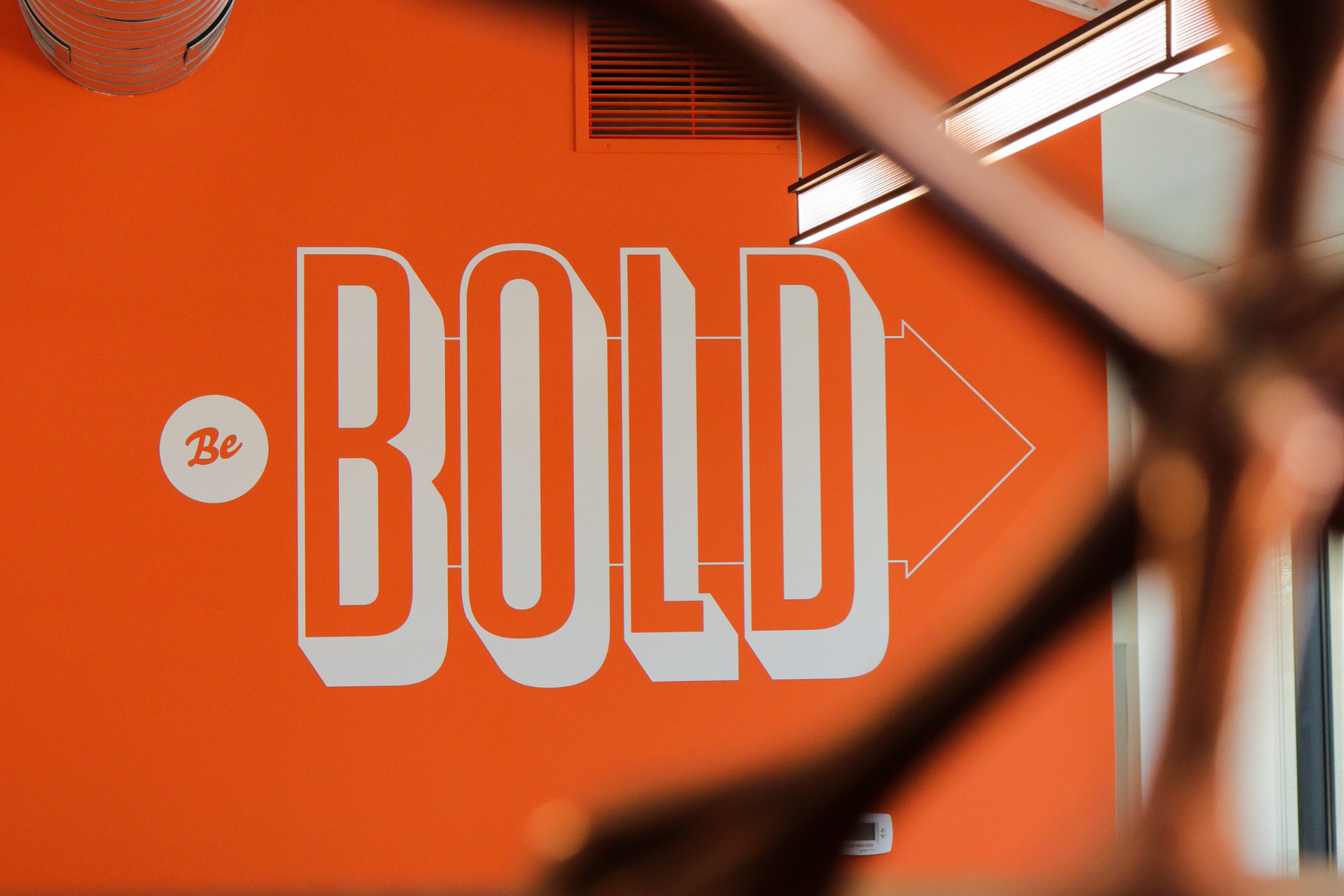Have you ever opened an email that was just way too fu*king long? One where you scrolled and scrolled and scrolled and scrolled… and still couldn’t even find what you were looking for?
Maybe you found a baking recipe where the ingredients list is buried underneath Patricia’s novel about how her grandmother invented the dish back in 1929 and by the time you finish her life story you don’t even wanna MAKE THE DAMN BUNDT CAKE ANYMORE BECAUSE IT’S LIKE 2:00AM, UGH.
Here’s the rub about emails: the average person receives 120 new emails a day. The competition is fierce, so you better make sure yours are up to the challenge. And maybe—just maybe—you should split that campaign into two emails.
So what you do say, champ? Let’s give ‘em the good stuff. They were nice enough to open your email, after all. Follow these tips to shear that hefty fanfic into punchy poetry.
Use a good CTA.
We all know people don’t like to read. They skim. You’re probably skimming right now.
If you’ve skimmed any of our UX blogs (or sat in a room with me for five minutes), you’ve probably heard this one already. Same goes for email. Most people typically scan pages in the shape of an F, which is why they are commonly attracted to appealing calls to action (large, colorful hover states).
Leverage this weakness. Make it easier for them to engage and easier for you to convert. Even if your email is on the longer end, inserting a button to break up heavy copy will guide your subscribers to those juicy landing pages and links.
Have a hierarchy.
Similar to CTAs, ensuring that your hierarchy is high and tight is an easy way to make your email campaign more effective. It helps your reader understand what they should be reading first and what to read next.
Headlines with larger font should be what you’re promoting—use this as an opportunity say what’s the most important.
Things like these should be large and in charge on your email:
- “50% off for limited time!”
- “Congratulate our recent internal promotion.”
- “My granny is clinically obsessed with this bundt cake recipe!”
Okay, maybe not that last one, but you get the point. Headlines and CTAs go hand-in-hand to guide your readers through your email while telling a story. To test your hierarchy, read just the headlines and CTAs. Can you still understand the message? If you can’t, they might be too vague. If it tells the whole novel, they might too long.
It doesn’t hurt to leave a few things to the imagination. People may not read, but they’re not dumb.
Less is way more.
See all those words? Can we replace them with something interesting like a strong visual? Or, better yet, remove them entirely?
If you’re already writing a longer email campaign, start by removing filler words. Something like, “click here to continue reading about my great-great-great-grandmother’s melt-in-your-mouth Nantucket Bundt Cake,” can be said in way fewer words, like, “Read more” or “Keep reading.”
E-commerce sites, for example, typically promote their latest drops with visuals rather than explanations. Whatever industry you’re in, you can leverage this concept. Promoting a blog? No need to write a whole summary—a catchy headline, cool photo and CTA will perform far better.
Design for mobile.
People use their phones a lot. 5–6 hours a day. The good news: more opportunity for them to read your emails. The bad news: smaller screens.
There are a few ways to approach mobile emails. For starters, design your campaigns for mobile first. Plenty of CRMs allow you to view your campaign in a mobile view and make necessary adjustments for the medium.
If you don’t want to design mobile first, that’s fine, but you BETTER test those emails on mobile! Scaling content across platforms and making sure it’s a good experience for all who interact with it is key. Desktop, mobile, tablet—we don’t discriminate, baby.
* * *
Alright, that wraps up the tips. In the spirit of taking our own advice, we won’t drag out this closer. But if you need a little help making your emails short, sweet and clickable, we’re always down to chat. Unless you’re Patricia calling about her bundt cake recipe—then we’re fu*king busy.




